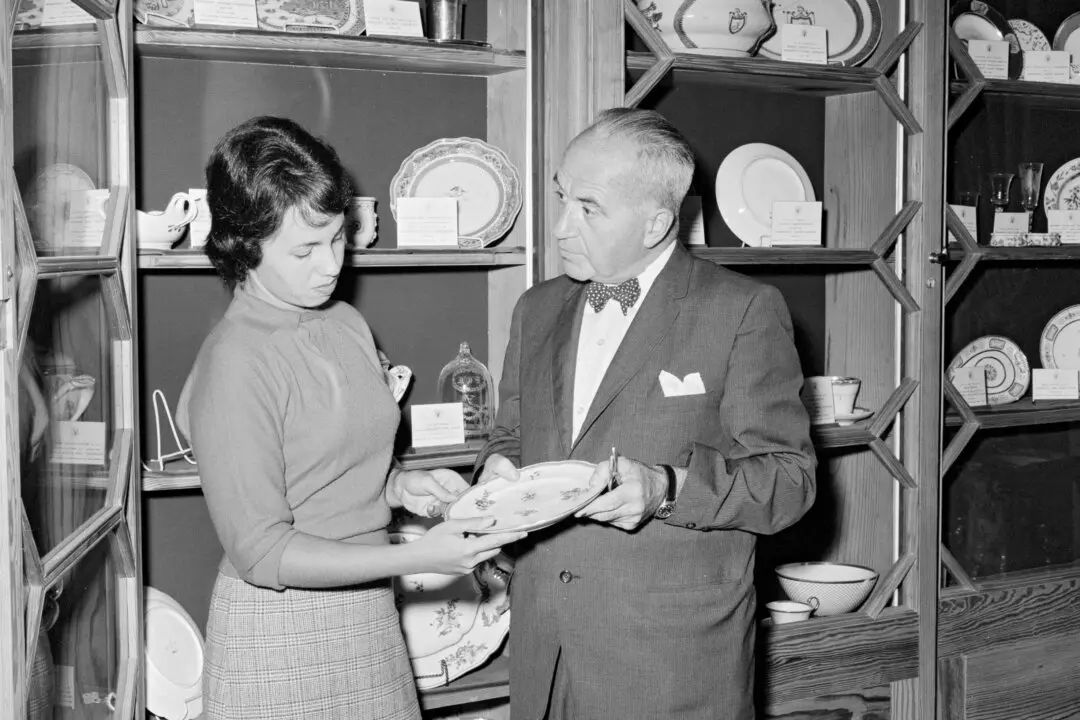Eugène Delacroix was one of France’s greatest 19th-century artists, a leader of the country’s Romantic movement and a virtuosic colorist. Renowned for monumental canvases such as “Liberty Leading the People,” he is considered the last great history painter. His genius extended to creating mural decorations for government buildings, portraits, landscapes, and genre paintings.
Delacroix was drawn to depicting exotic locales and scenes of intense emotion and physicality that highlighted tensions between civilization and savagery. These elements came to fruition in his portrayals of big cats—specifically lions and tigers. He identified with these felines, carefully observing them and capturing their magnificence in a range of mediums throughout his career. The resultant celebrated artworks are among his masterpieces.





